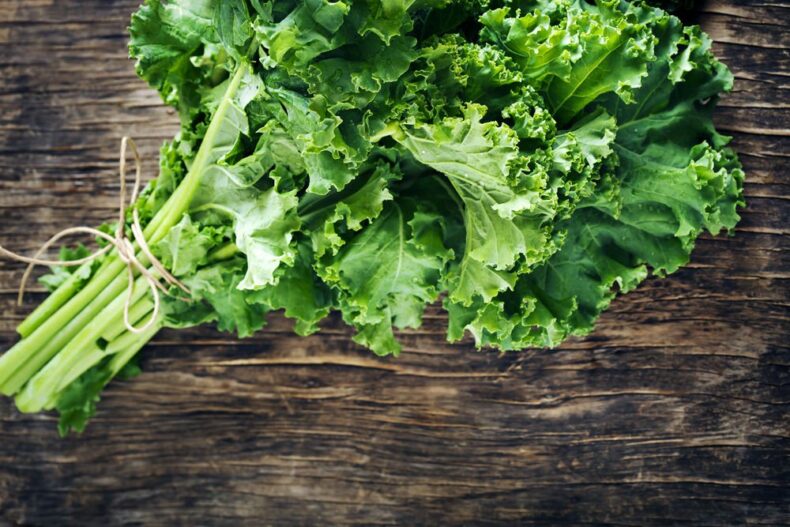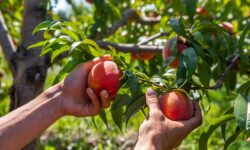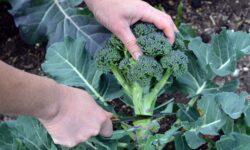Extreme weather throughout the year will cause a shortage of stone fruit in BC: We…
What are aphids?
Aphids are small, soft-bodied insects that feed on the sap of plants. They are usually green or brown in color, but can also be black, yellow, or pink. Aphids can be found on the leaves, stems, and flowers of plants. Currently we are seeing an increase in aphids on leafy greens from the US/California specifically vegetables like bok choy, lettuces, and kale which are very susceptible to aphid pressure.
Increase in aphids in the Spring
Many factors increase the presence of aphids throughout the spring. Specifically the longer and colder winter this year in California, means eggs have had a longer time to winter causing a surge in population in the Spring! Additionally, on leafy greens, it’s easier for the bugs to hide from natural predators.
-
Temperature: Aphids thrive in warm temperatures, and as the weather gets warmer in the spring, their reproduction rate increases.
-
Plant growth: As plants begin to grow and produce new leaves and shoots in the spring, they provide a fresh food source for aphids.
-
Natural predators: Many of the natural predators of aphids, such as ladybugs and lacewings, may not be as active in the early spring when temperatures are still cool, allowing aphid populations to grow unchecked.
-
Overwintering: Some species of aphids overwinter as eggs on plants or in the soil, and these eggs hatch in the spring, leading to an initial population surge.
-
Lack of disturbance: If a garden or field has not been disturbed in the winter, this can allow aphids to overwinter successfully and emerge in large numbers in the spring.
What to do about aphids?
Although the concept of a bug in your food is slightly unappealing, aphids are nothing to worry about! Because we focus on organic produce without the use of traditional pest management, it is more common to find bugs like aphids. All you need to do is wash your vegetables under some running water (which you are likely doing anyway!
Sources:
https://toxicfreenc.org/wp-content/uploads/2016/07/Aphids.pdf






